
Encounters with wild animals can happen anywhere, whether it’s in our backyards or along hiking trails, out on the open water, or at a remote vacation getaway. Although animal attacks are rare, some human behaviors can provoke or prevent attacks. Knowing how to interpret animal behavior and respond appropriately in situations can dramatically increase your chances of staying safe and help minimize risks. This guide provides strategies for navigating encounters with different animals, helping you stay safe and prepared.
1. Bear Encounters

If you see a bear, stay still, remain where you are, or move slowly off to the side. Do not run or scream. Do not climb a tree. Make yourself appear large by waving your arms and talking in a loud voice. If you’re attacked by a grizzly, the best thing to do is lie on your stomach and play dead, using your backpack as a shield. If a black bear attacks, do not play dead; attempt to escape or fight back, targeting the face and muzzle.
2. Bison Encounters
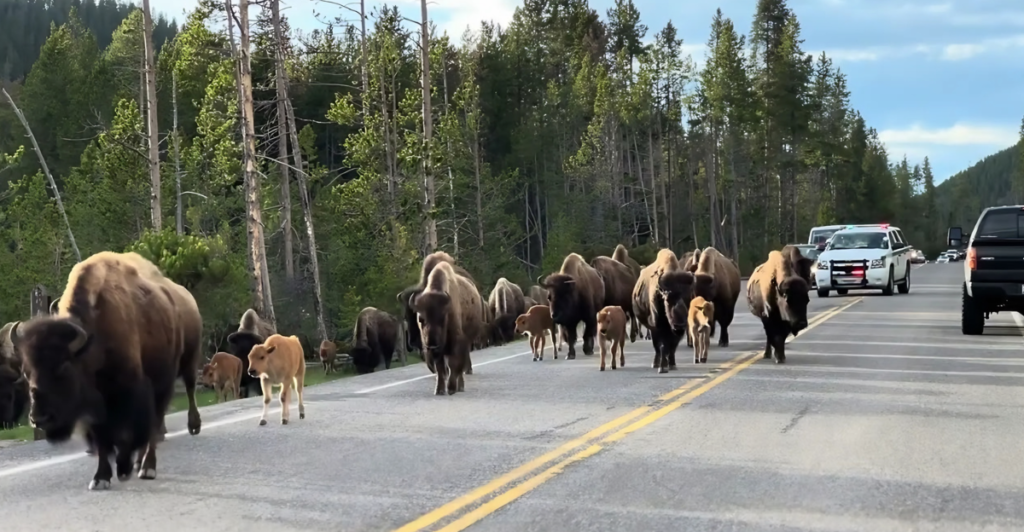
Bison attacks are rare, but they can be deadly, as these animals are capable of running up to 30 miles per hour or more. They can jump over high fences and are strong swimmers. Remain in your vehicle when possible, and do not approach bison for a closer look. If a bison notices you, you’re too close; back away slowly. If attacked, run. They can also be triggered to charge if they feel threatened or if someone approaches them, so respect their space, observe from a distance, and never try to feed them. Stay alert in bison country, and be ready to spring into action if you have to.
3. Cougar Encounters
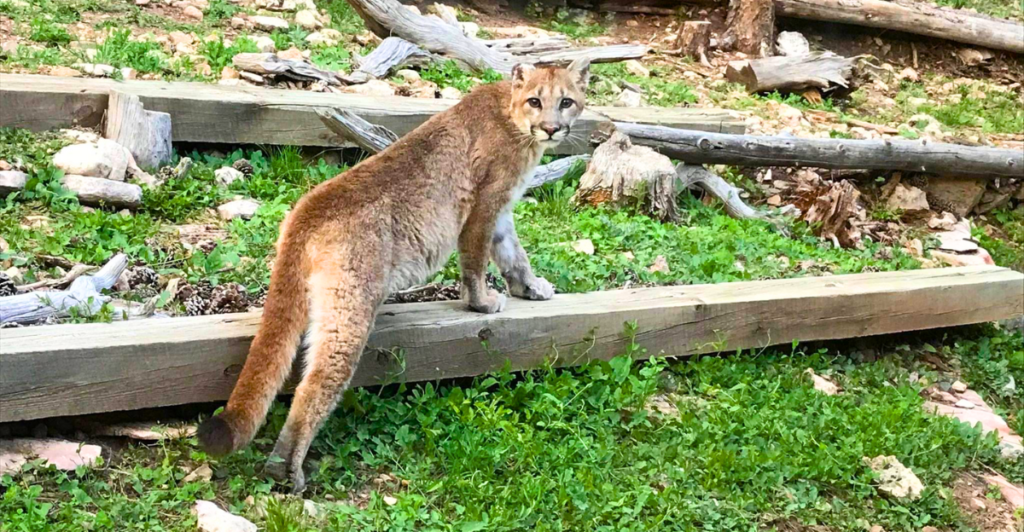
If you see a cougar that appears to be unaware of you, move away quietly. If it does see you, try to make yourself look larger by raising your arms or opening up your jacket, or by quickly opening and closing an umbrella if you have one at hand. Make loud noises and yell as you approach the cougar. Do not run. Make eye contact, and toss objects if you have to. If attacked, fight back.
4. Alligator Encounters

Avoid letting pets swim or wade in waters with alligators, as they resemble prey. If under attack, poke at the alligator’s eyes and strike its head to induce gagging so that it will release you. When it opens its mouth to reposition, run away in a straight line and as fast as possible. Don’t swim at night, and don’t feed them.
5. Coyote Encounters
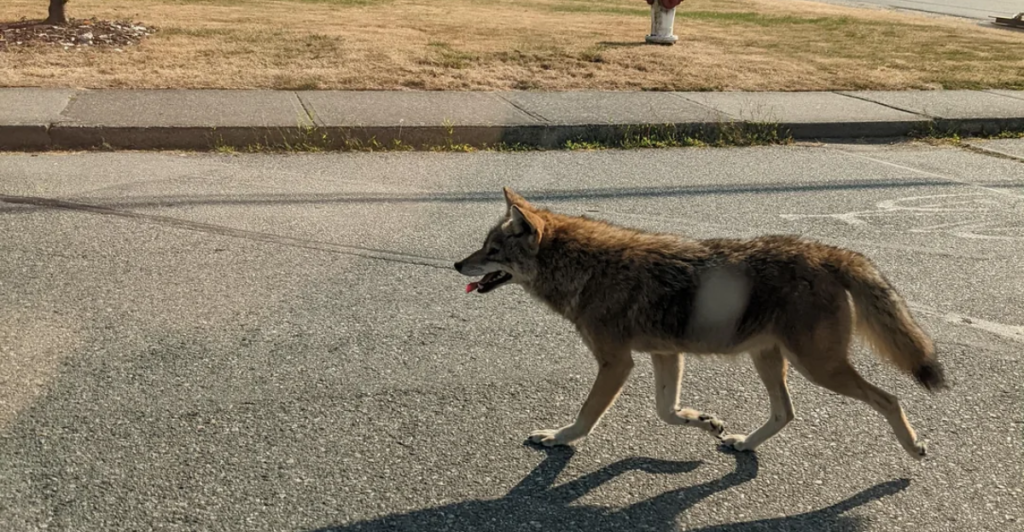
Make noise to let coyotes know you are there. If one gets close, make yourself appear large by waving your arms. In the event of a coyote bite, report the incident to local authorities as soon as possible. Don’t ever feed coyotes. Keep pets inside at night and secure food and garbage. Motion-activated lights and electric fencing can prevent coyote encounters.
6. Moose Encounters

Never attempt to feed a moose or approach it, and always keep pets leashed near the animals. Make noise if you’re in a known moose habitat, and if you see one, then slowly back away in the direction you came, talk, and try to stay calm. If a moose charges you, stay behind a solid object, or get into a car or building. If the animal does take you down, curl into a ball, protect your head, and lie still until the moose leaves.
7. Snake Encounters
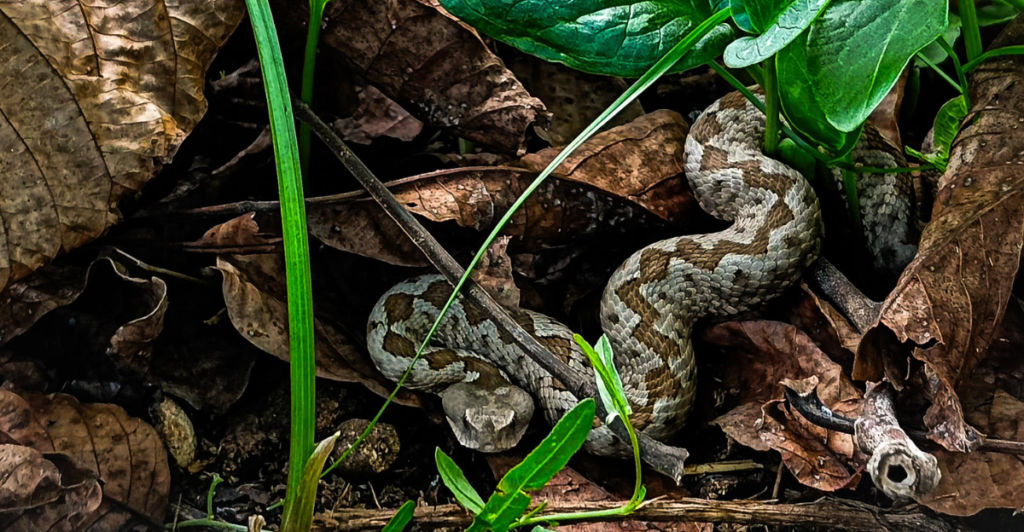
Snakes generally won’t strike unless threatened, so leave them alone and try to give them space when you’re outdoors. If one’s in your home, get out of the room, close the door, wedge a towel in the crack, and call a professional to help. Assume the snake is venomous. Do not use a tourniquet or try to suck out any venom if you are bitten. Try to find a place to sit or lie still and remain calm as you wait for help. If safe, get a photo of the snake, which helps in administering treatment. If you can, also clean, cover, and mark the edge of the affected area on the skin with the time.
8. Shark Encounters
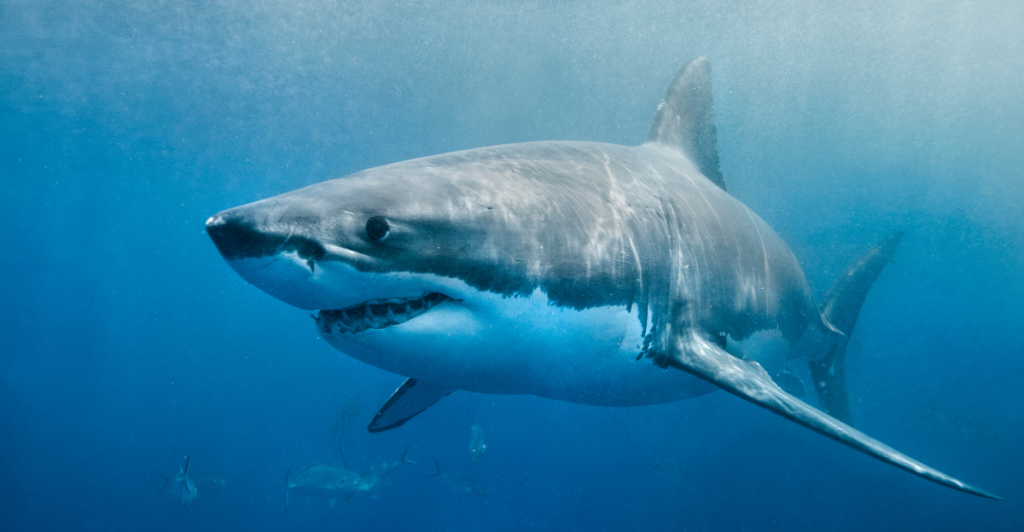
Sharks tend to be more active at night or twilight, so swim during the day and stay in groups. Do not allow your pets in waters known to be frequented by sharks, and do not go in the waters if you are bleeding or menstruating. The Florida Fish and Wildlife Conservation Commission also warns against bright-colored clothing, which can attract unwanted shark attention. If a shark is in your vicinity, leave the water calmly and as quickly as possible. If you are attacked, the most sensitive parts of a shark are its nose and its eyes.
9. Lion Encounters
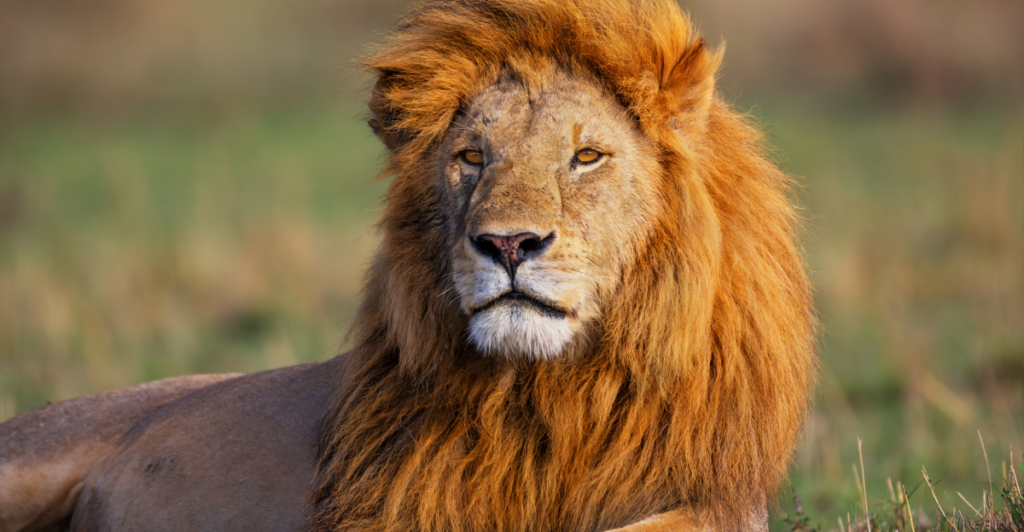
If you encounter a lion that’s resting, back away. If you encounter one, remain calm, avoid direct eye contact, and don’t attempt to run or touch the animal. If you can slowly and cautiously walk away from the lion, preferably without turning your back on it, thne it might be worth doing so. Otherwise, stay put, minimize all movement, and wait. If a lion does charge at you, however, you should make yourself as large as possible, stand your ground, or even walk toward the animal with purpose, yelling and making a lot of noise. Do not turn your back or run. It is important not to react and to remain still until the animal turns away.
General Safety Tips
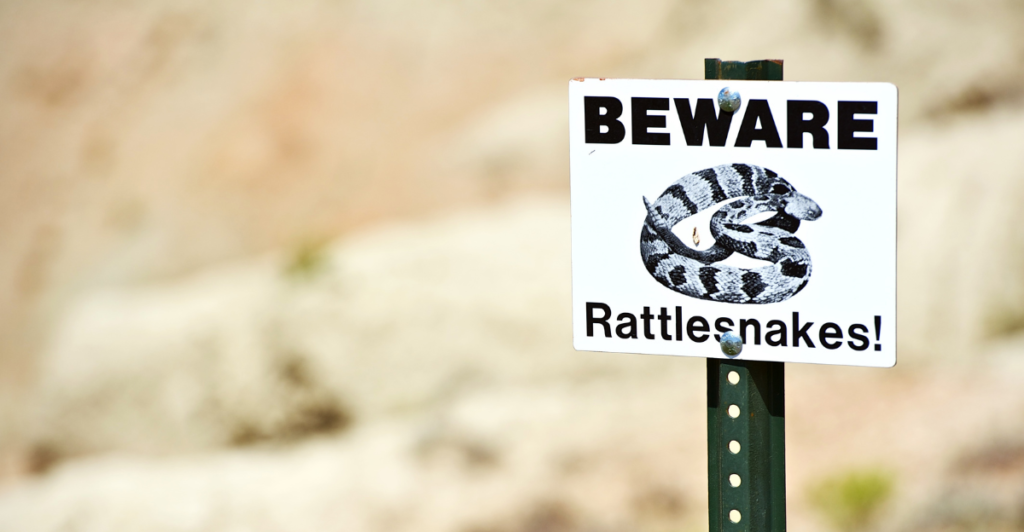
Always be aware of your surroundings, especially in areas with wildlife. Pay attention to any warning signs or advisories regarding animal presence. Maintain a safe distance from all wildlife and do not attempt to feed or approach them. Such actions can change their natural behavior and increase the risk of aggression.
Planning Ahead

Research the animals that may be in any wildlife areas prior to going into wildlife areas and understand their behavior patterns. Carry appropriate safety gear, like bear spray in bear country or a walking stick in snake territory. Tell someone about your travel plans and what time you expect to return, and try to travel in groups where possible to improve your safety.
Respecting Wildlife
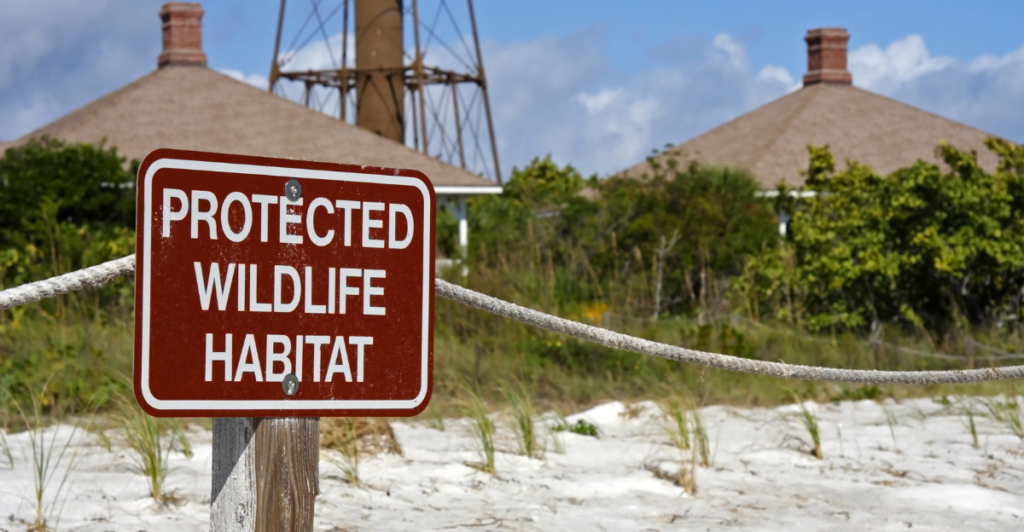
In the end, the safest approach to wild animals is to respect their space and understand their behavior. By keeping a safe distance, avoiding provocative actions, and being aware of your surroundings, you can mitigate the risk of negative encounters while appreciating the beauty of nature. Keep in mind that these animals live in their natural environment, and it’s our utmost responsibility and duty to coexist peacefully and respectfully with them.
Explore more of our trending stories and hit Follow to keep them coming to your feed!

Don’t miss out on more stories like this! Hit the Follow button at the top of this article to stay updated with the latest news. Share your thoughts in the comments—we’d love to hear from you!







